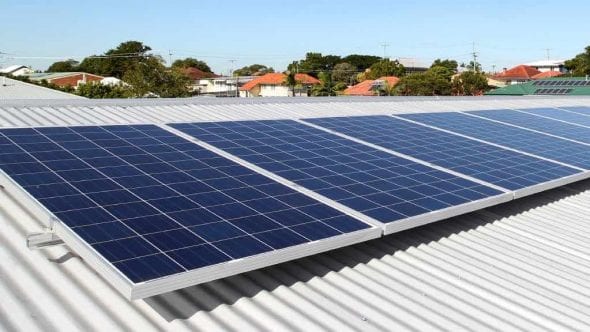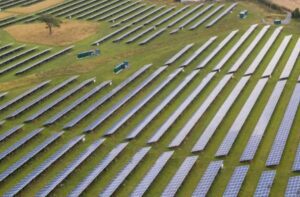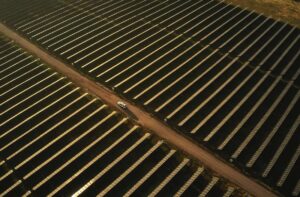Back in April this year Green Energy Markets noted that the rooftop solar sector was staging what looked to be a second boom for 2017. Since then installation numbers each month continued at a solid pace but were still below the all time records set in mid 2012.
In October this year we managed to break 100MW of capacity installs, a major milestone but still below the June 2012 record (this is using the STC creation date as our measuring stick, see bottom for further explanation).
Then last month the industry managed to install 120MW, knocking off the record set in June 2012.
That 2012 record was fuelled by a rush by householders to get in before the Queensland government closed eligibility for its 44 cent premium feed-in tariff, and also before the federal government cut back the amount of STC rebate certificates it provided. After that point solar capacity installs trended down.
For much of 2016 solar installs were below 60MW and January of that year was truly awful at less than 45MW. One would never have imagined we’d soon be within reach of the levels the industry managed when feed-in tariffs and STC rebates were vastly higher than what they are now.
Kilowatts of solar PV STCs created monthly by state (by STC creation date)

Our April article explained a series of tailwinds that had supported the revival in the solar sales including:
- Most importantly the large rise in wholesale power prices which has hit retail power bills, particularly for businesses;
- Excitement around new battery storage products such as the Powerwall 2; and
- Conservative politicians and the media’s poorly informed, pro fossil fuel commentary about threats to power reliability and prices from renewable energy – which only made people even more anxious to take power supply into their own hands through use of solar.
This was supported by the solar industry managing to make further cuts to the cost of solar systems. Those cost cuts allowed the industry to achieve strong sales even though government carbon abatement incentives were hit by:
- STC rebates being awarded for a year less of generation (down from 15 to 14 years);
- A mid year collapse in STC spot prices. For 2 years STCs had hovered between $39.70 and $40. Then between 22 May and 21 July they lost a quarter of their value to hit $30. A recovery only came in September and they have only just recently recovered to $38 a few days ago.
The cost cuts by the solar industry have also made solar a cost competitive alternative to business consumers, not just householders. So far this year commercial-sized systems represent 28 per cent of all capacity installed. Back in 2012 they made up just 3 per cent. This is notable because business customers will often face much lower energy-related charges that can be a third to a half lower than residential retail energy charges.
This record breaking year for solar PV illustrates that the technology is now delivering on its promise. Australian electricity consumers that buy power from the grid now face some of the highest electricity prices in the world, and also the most emission intensive. But if they buy it via a Solar PV system it is some of the lowest cost in the world and with no carbon emissions at all.
Government support programs for solar PV used to be a high cost way to reduce carbon pollution. But thanks to the wonders of learning by doing effects they are now one of the most cost-effective.
Tristan Edis is Director – Analysis & Advisory with Green Energy Markets. Green Energy Markets assists clients make informed investment, trading and policy decisions in the areas of clean energy and carbon abatement. Follow on Twitter: @TristanEdis
Note: The data we report above on the amount of capacity installed is derived from the Clean Energy Regulator’s small-scale technology certificate (STCs) registry. This data on capacity installs per month is based upon the date that the STC was created in the registry. This is technically not the actual date that the solar system was installed, with the STC always created after the system is installed and often this will occur with a lag of a month or more after installation. We use the STC creation date as a proxy for installation date rather than the installation date itself because the registry does not make available data on installation dates for systems associated with STCs. While the regulator does publish data on capacity by actual installation date this is only released periodically and with substantial lags. The use of creation date means our data on capacity installs will misalign by date with that published by the Australian Photovoltaic Institute which uses installation date.








